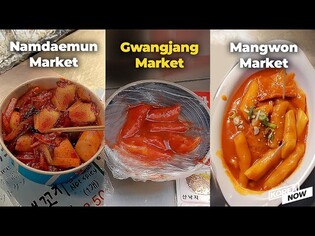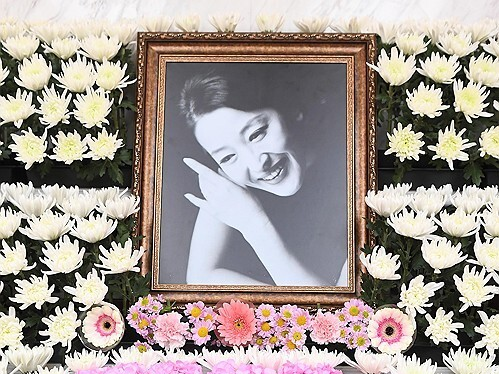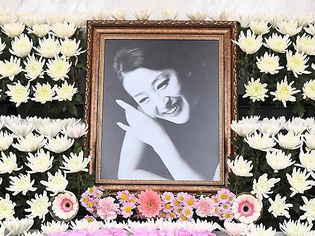* Editor's Note: According to the Korea Foundation's 2024 report, there are nearly 225 million Hallyu (Korean Wave) fans worldwide. With the advent of the "Digital Silk Road," transcending time and space, we are entering the era of "Hallyu 4.0." To help readers gain a fresh perspective on Korean culture and K-culture, the Yonhap News K-Culture Team has prepared a series of expert columns.
Shin Jong-geun's 'K-Liqueur' Story: Korea's Sweet Potato Liquors
Contributed by Shin Jong-geun, exhibition planner and columnist (author of "Art and Liquor")
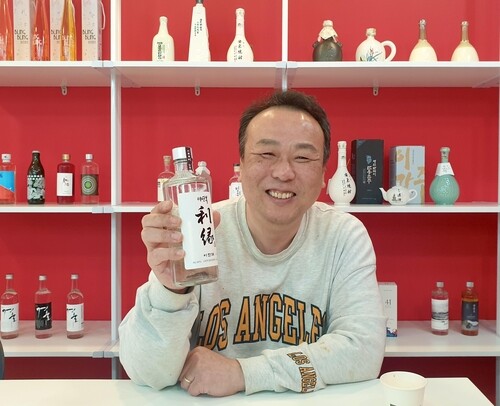
Sweet potatoes, one of Korea's traditional staple crops along with potatoes, are believed to have originated in South America, specifically in the highlands of Mexico. Historically, it was thought that explorers from the Age of Discovery, such as Columbus, brought sweet potatoes from the New World and introduced them to other regions. However, some archaeologists and botanists argue that sweet potatoes might have been present in other regions long before the New World was officially discovered.
In Asia, sweet potatoes were introduced in the 16th century when the Spanish, after colonizing Mexico, crossed the Pacific and established control over Manila in the Philippines. From there, sweet potatoes spread throughout the Ming Dynasty's territories and eventually reached the Ryukyu Kingdom, now known as Okinawa.
In 1609, when the Ryukyu Kingdom became a vassal state of the Satsuma domain (modern-day Kagoshima Prefecture), sweet potatoes made their way to Japan. The crop, having been introduced through the Satsuma region, became known as satsumaimo (サツマイモ), with "imo" meaning tuber or potato in Japanese.
In 1763, during the 39th year of King Yeongjo's reign, Jo Eom, a member of a Korean envoy to Japan, encountered sweet potatoes in Tsushima and sent some back to Joseon (Korea). At that time, Korea was suffering from famine, and Jo Eom believed that cultivating sweet potatoes on islands like Jeju and along the southern coast could alleviate hunger. Although the first attempt at cultivation failed, Jo Eom brought sweet potatoes back again in 1764, and this time, successful cultivation began after he entrusted the crop to the magistrate of Dongnae (modern-day Busan).
Jo Eom, known for his compassion towards the people, was later honored with a memorial hall in Wonju, Gangwon Province, built in 2014. The hall, designed in the traditional hanok style, displays exhibits about Jo Eom's life, the introduction of sweet potatoes to Korea, and their various uses. A garden next to the hall features sweet potato cultivation, offering a glimpse into the growth process of the crop.
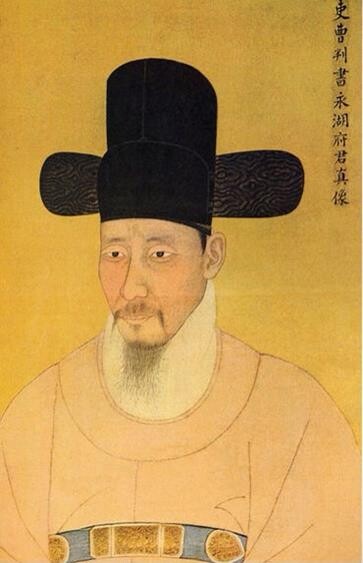 |
| ▲ Portrait of Jo Eom, estimated to have been created between 1770 and 1775. Owned by Tenri University, Japan. (PHOTO NOT FOR SALE) (Yonhap) |
In Japan, sweet potatoes were called satsumaimo, while in Tsushima, they were known as kokoimo (孝行芋), meaning "filial piety potato" due to their importance in supporting families during hard times. Jo Eom recorded the pronunciation as koguiuma (古貴爲麻) in his travel notes, which later evolved into "gogeuma" and finally "goguma" in the Korean language.
The Tradition of Sweet Potato Liquors
The Kyushu region of Japan has long been known for its sweet potato cultivation. The region's sweet potato-based spirit, imojōchū, has earned significant popularity as a local specialty and has become well-known in Korea as well.
Korea has its own tradition of sweet potato liquors. Historical records indicate that during the Joseon Dynasty, there was a sweet potato-based rice wine called gamjeoju (甘藷酒), which served as a base for distilling gamjeosoju (甘藷燒酒), or sweet potato soju. (Gamjeo is the Chinese character for sweet potato.) However, modern traces of these traditional drinks are rare.
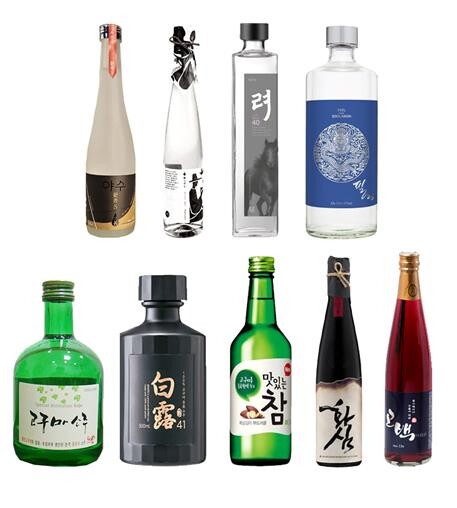 |
| ▲ Sweet potato soju produced domestically. |
Inspired by historical recipes, like those found in Imwon Gyeongjeji, a comprehensive encyclopedia written in classical Chinese by Seo Yu-gu (1764-1845), Korean brewery Kooksoondang revived a sweet potato soju named Ryeo. Several other breweries have since ventured into the production of sweet potato-based liquors.
Notable Sweet Potato Liquors in Korea
Various breweries in Korea produce sweet potato-based liquors, including both makgeolli (Korean rice wine) and soju. Here is a brief overview of some notable examples:
Sweet Potato Makgeolli: Okju Sweet Potato Makgeolli (Seoul Oksoo Brewery), Sparkling Sweet Potato Dongdongju (Gapyeong Urisul), Buja Purple Sweet Potato Makgeolli (Hwaseong Bae Hye-jeong Brewery), Cheondungsan Sweet Potato Makgeolli (Chungju Goheonjeong), Jajutbit Gounnim (Iksan Myungin Brewery), Bora (Yeongam Wolchul Brewery), Ttangkkeut Nuri Haenam Sweet Potato Makgeolli, Haenam Sweet Potato Moju (Haenam Okcheon Brewery), Muan Hwangto Sweet Potato Makgeolli (Muan Mangun Brewery), Gomeseon, Gomejin (Tongyeong Hansando Brewery), and Yokjido Sweet Potato Makgeolli (Tongyeong Yokjido Brewery).
Sweet Potato Soju and Yakju: Joo Yeonhyang Yasu S (Ganghwa, Joo Yeonhyang), Yangjo Hakdang Seo (Gwangmyeong, Korean Brewery Institute), Ryeo (Yeoju, Kooksoondang), Pil (Yeoju, Soolawon), Soonsul (Hongcheon, Seorak Brewery), Baekro (Daegu, Geumbokju), New Masinnun Cham (Daegu, Geumbokju), Hwasim (Guri, Hwasim Brewery), and Gobaekju (Andong, Hoegok Brewery).
The history of sweet potato-based liquors in Korea is relatively short, and many traditional varieties from the Joseon era did not survive into modern times. However, various distilleries have been experimenting and reviving this category, leading to a resurgence in sweet potato liquor production.
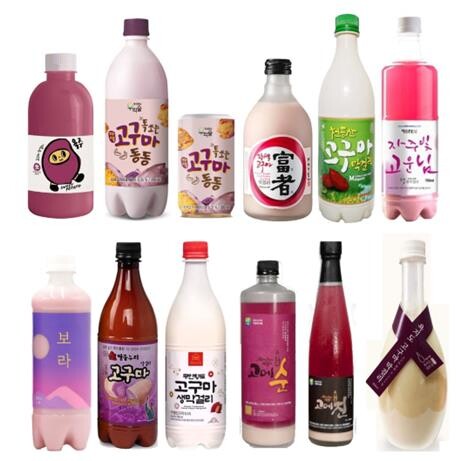 |
| ▲ Sweet potato makgeolli produced domestically. |
In the 1970s, sweet potatoes, once a key ingredient in the production of diluted soju, were gradually replaced by tapioca. This shift caused sweet potatoes to lose their prominence in Korean spirits. Yet, thanks to the continued efforts of local breweries, sweet potato liquors have made a comeback, and new varieties continue to emerge.
One noteworthy example is sweet potato liquor from Haenam, a region famous for its sweet potatoes. Among these, Juranggae, launched in 2015 by Song Woo-jong Brewery, stands out. The brewery first developed purple sweet potato makgeolli and later expanded into sweet potato soju.
Juranggae is made by mixing 60% rice with 40% purple sweet potatoes, using a traditional distillation method without any artificial additives. It is known for its clean taste, smooth finish, and distinct aroma that lingers on the palate. With an alcohol content of 19.5%, it is slightly stronger than the typical soju (16-19%) available in the market, but its use of rice and sweet potatoes helps minimize hangover effects, according to the brewery's representative.
The production process involves fermenting steamed rice into a solidified rice cake (godubap) for a month before distilling the mixture. The distilled spirit, which can reach 70-80% alcohol, is then diluted with purified water to achieve the desired alcohol content. The brewery has developed a system capable of producing up to 20,000 bottles per day.
With its unique flavor profile and high-quality production, Juranggae exemplifies the renewed interest in traditional sweet potato liquors in Korea, blending local ingredients with age-old methods to create a modern twist on a historical drink.
(C) Yonhap News Agency. All Rights Reserved




















